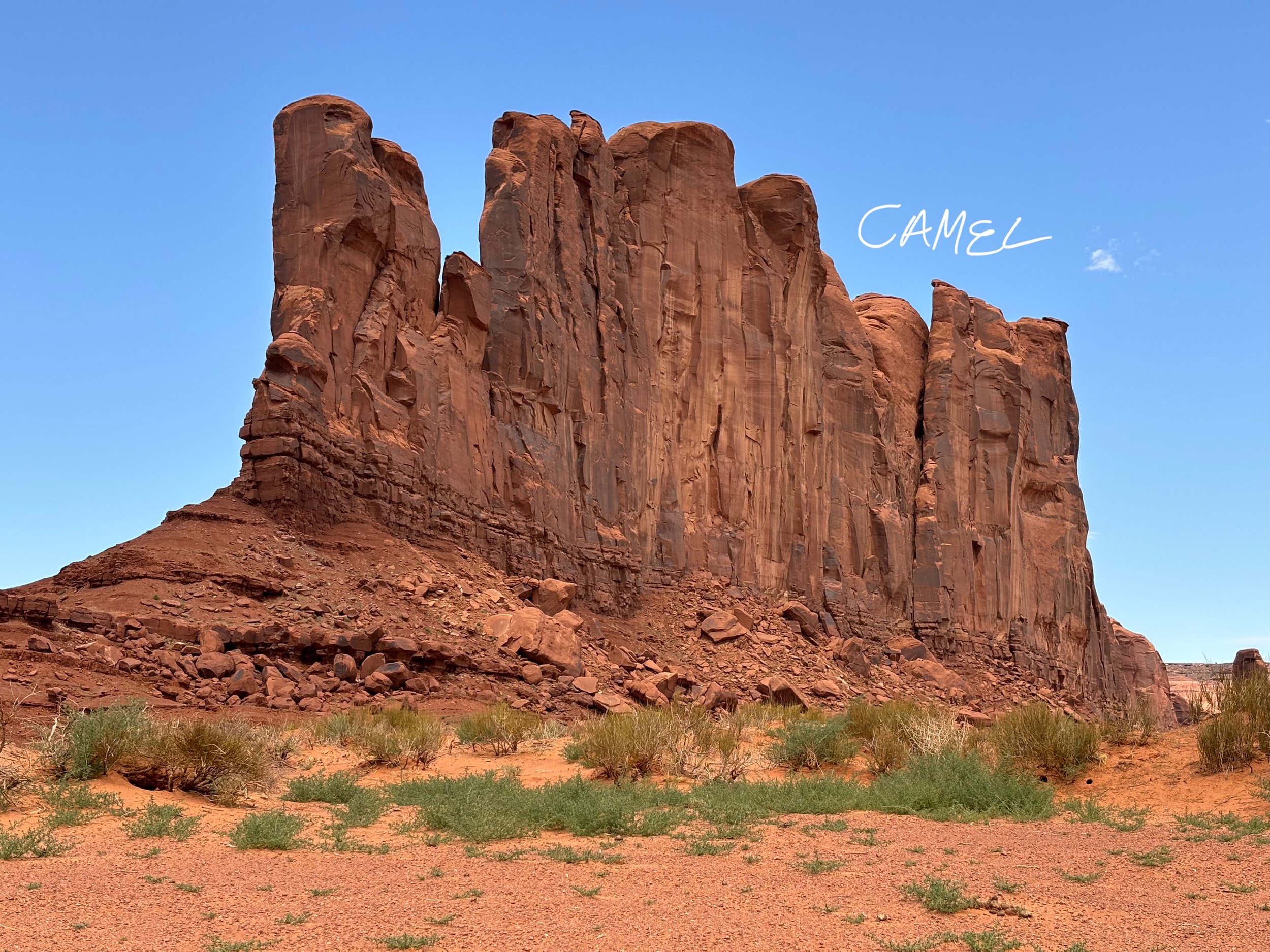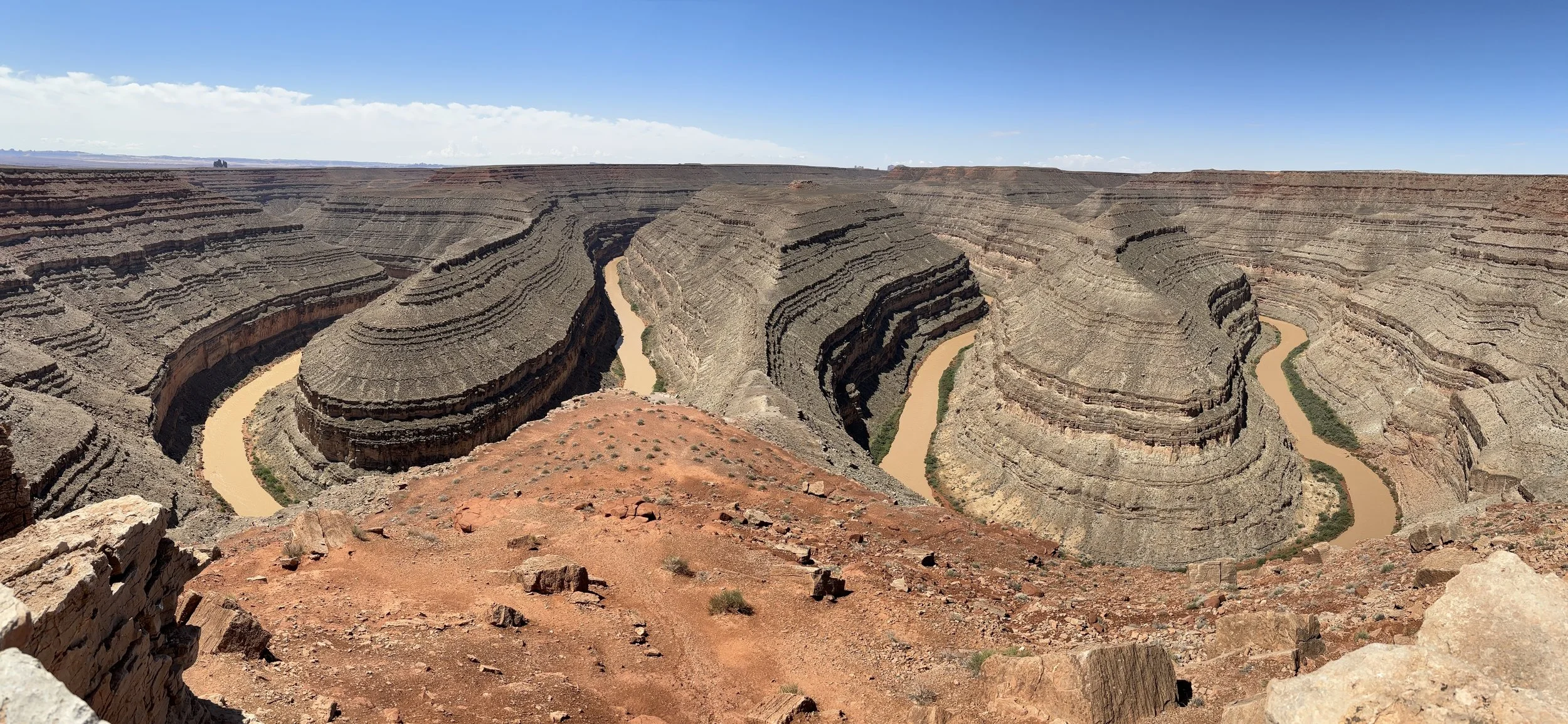South of Paige on State Route 98 East is Antelop Canyon, a place of sacred significance to the Navajo, divided by an upper and lower section. To visit you must have a tour guide. I decided on the Upper Canyon and Antelope Canyon Navajo Tours. At the designated time, a fleet of lifted trucks arrive to take everyone to the indescript entrance.
To the Navajo, we call the Upper Antelope Canyon – Tsé’bighanilí – which means “The place where water runs through.” For Lower Antelope Canyon, we call this place Hasdestwazi – which means “Spiral Rock Arches.”
Before entering the first section, the Navajo guide asked us to pause for a moment. Someone with a crown was standing under the shaft of light at the entryway. He explained that she is the crowned Miss Navajo Nation.
In keeping with Navajo culture and tradition, the role of Miss Navajo Nation is to exemplify the essence and characters of First Woman, White Shell Woman, and Changing Woman and to display leadership as the Goodwill Ambassador.
We proceeded through the first section of the canyon. The transitions are unique and otherworldly. It is like pushing through an organic passage into another reality. On the other side is a second chamber, with a shaft of light casting a warm halo across everyone’s head as they pass through.
After the second chamber, the light recedes to murmurs, effortlessly winking from one silhouette into another. The return to light is punctuated by a tumbleweed pinched between two high edges of the passage.
The third section of the Upper Canyon reveals a final chamber. The exit returns from wind carved gateways to the familiar sand and shrubbery.
Looking back, one would never know of the hidden world in the escarpment. Walking about is the only way to find them. That’s why every step is important, where ever we are.








































































































